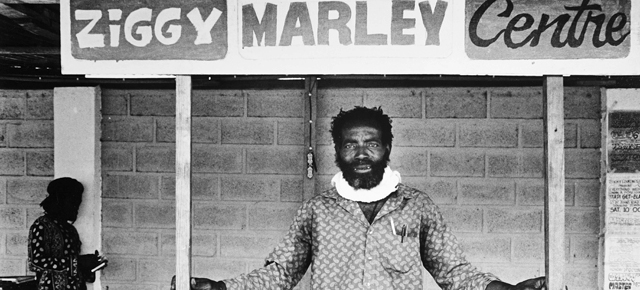
REW-FFWD: Remembering Denis Villeneuve’s 1994 Jamaican Psychodrama
REW-FFWD: Remembering Denis Villeneuve’s 1994 Jamaican Psychodrama
Denis Villeneuve’s first film, REW-FFWD (1994) opens on a shot of buzzards scampering off and a close-up of a dead dog being snacked upon by maggots. A voice, which you guess belongs to a magazine editor, is inquiring in a less-than-pleased tone of voice why on earth a dead dog ended up on the front cover.
The film, as we soon learn, has very little to do with dead dogs, or maggots, or magazines. It’s about Jamaica, as seen through the baffled eyes of a Montreal photographer who gets stranded in a rough part of the Jamaican capital (Trench Town) when his car refuses to start up one morning (someone stole a part of the motor.)
Our man, we are told, was on assignment to photograph Miss World 1976 (incidentally, reggae performer Damian Marley‘s mother), but thanks to his vehicular woes, ends up spending quality time with ganja-happy Rastafarians and other Trench Town luminaries instead – a prospect he warms up to only very very, gradually.
Villeneuve’s Jamaican footage could – theoretically – have been edited as straight documentary, fiction, or even a mix of the 2 (docufiction). Yet, the young filmmaker chose to term his film a “psychodrama.”
The “psycho-” component of that appellation is carried by a little black box that is said to contain the photographer’s “every memory, every experience, every breath”.
Our guy, it appears, has been “traumatized by a special experience” in Jamaica, and he is going to have to revisit that trauma to overcome it. (Pop Psychology 101.)
On the front of the black box are 4 buttons (play, pause, rewind, fast-forward) and it is those 4 commands that shape the film, from the dead dog to the end credits. (And yes, the title, too.)
We are introduced to this narrative device (the black box) by a disembodied voice that introduces itself as the photographer’s “psychiatrist-mechanic”.
When the would-be paparazzo says he doesn’t understand what is going on (who could blame him), the voice says: “You’re the protagonist of a broken-down road movie, therefore you need a psychiatrist-mechanic.” Fair enough. (My exact thoughts were: if you say so.)
So let’s press play.
Black box or no black box, Villeneuve’s images of Kingston are worth your while. There’s footage here of Coronation Market, the capitals’ sprawling open-air market, and of other parts of town, captured from the window of a moving car (filmmaking’s own drive-by shooting).
But the heart of the matter is Trench Town (anciently home to reggae legends Peter Tosh, Bob Marley and countless others), a historically volatile neighbourhood whose greatest challenge, then as today, remains poverty.
There, we meet Mike (Michael Smith), who takes our photographer under his wing and into Trench Town’s complex maze of interior courtyards and shanties.
For a second, you fear for the stranded Montrealer, white-skinned, car-less and sporting a serious Québécois accent, as he enters what he describes as “the eye of the storm”, a dot in the middle of such chaos and violence it can seem eerily quiet. You keep wondering about this terrible trauma, wondering about the dog. But seeing the crew of characters he meets there, you just know every little thing, is gonna be allright.
There’s singing, there’s talking, there’s lots of smoking. There’s a “car engineer” who says he taught himself engineering by extrapolating from partially damaged car repair manuals. There’s an entire busload of children crowding a beached VW bus singing “Soca-Rumba” at the top of their lungs. There’s discussion of Jamaica’s Africa-inherited “yard system”, and its rapid erosion. There’s talk of repatriation to Africa.
Nothing dramatic or spectacular happens (something you find yourself being somewhat grateful for), but being afforded a glance into 1994 Trench Town feels, in itself, refreshing and spectacular enough.
Check it out.
REW-FFWD, Denis Villeneuve, provided by the National Film Board of Canada
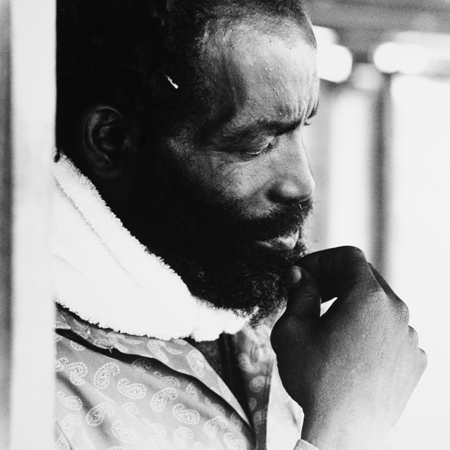

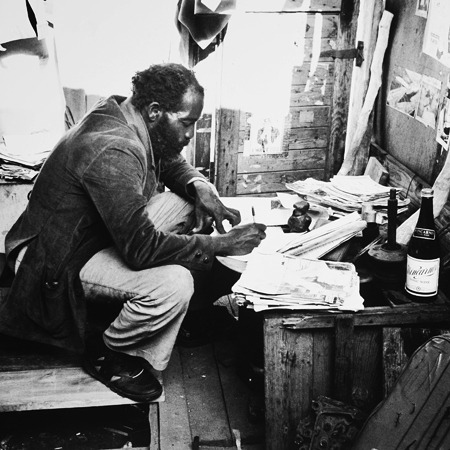
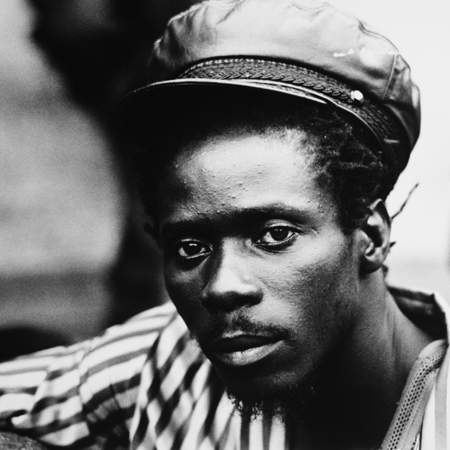
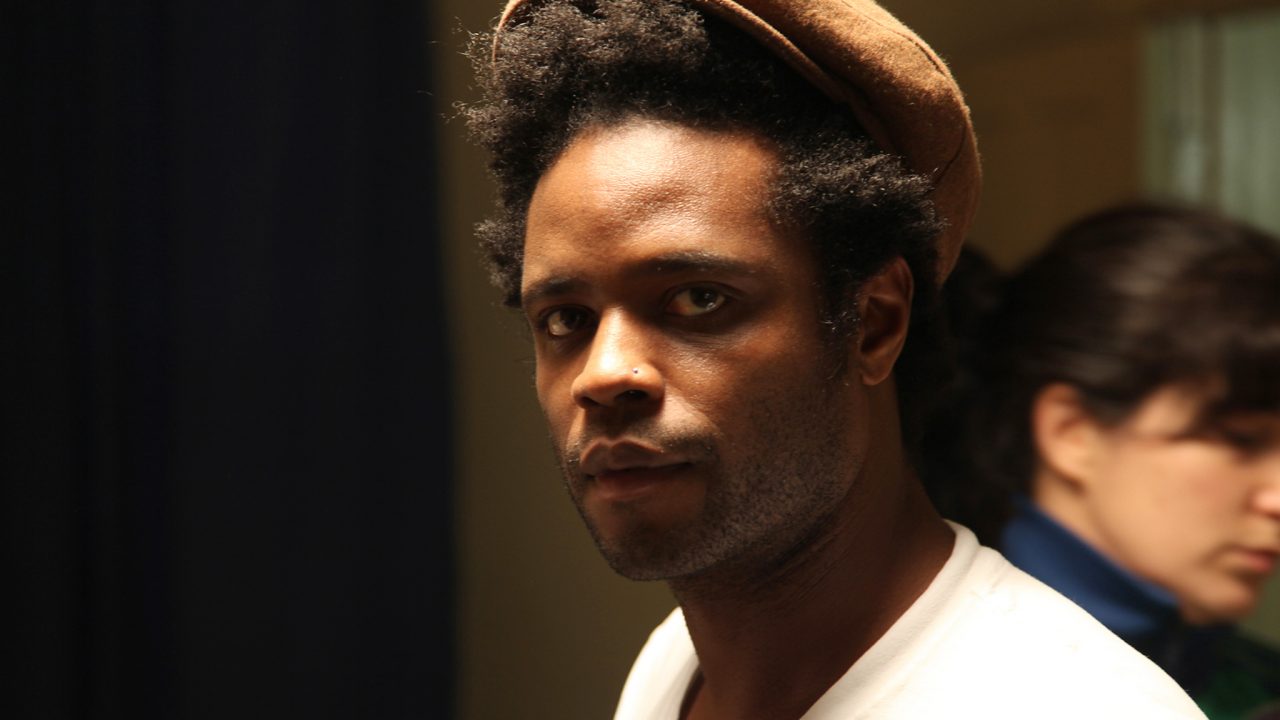
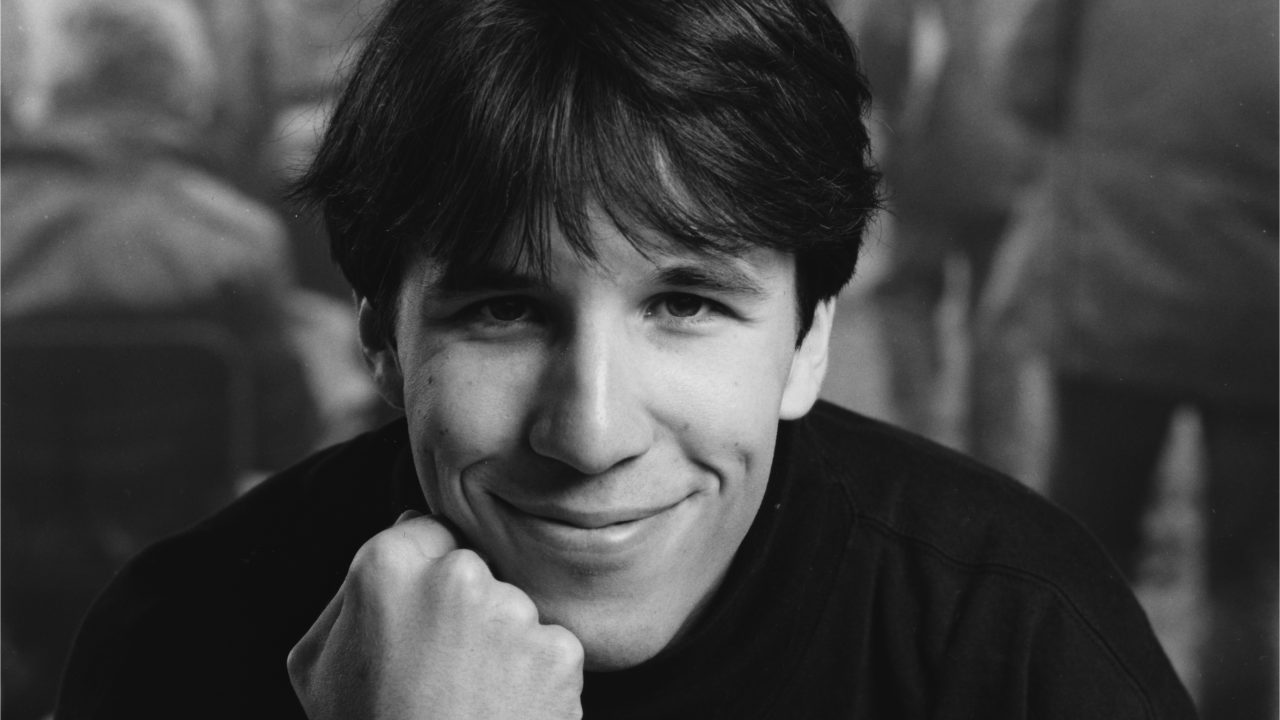

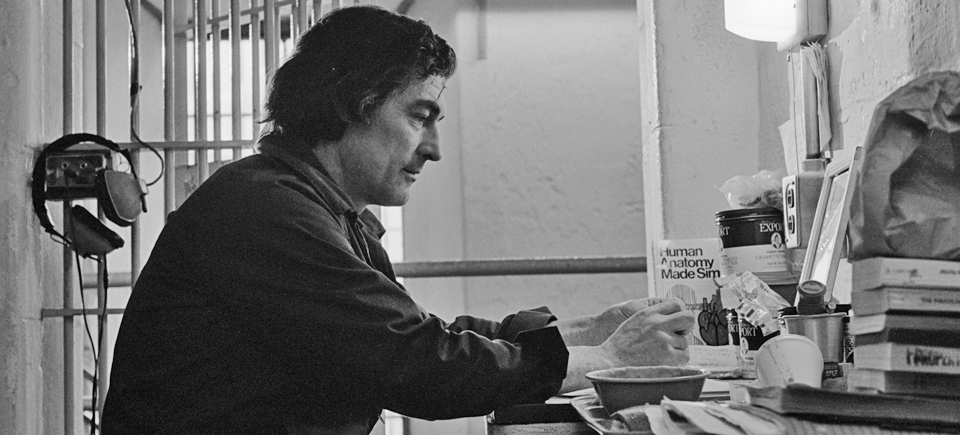
The Jamaicans sprung from the roots of white and black slavery, with the most common ‘breeders’ being Irish women.Over time, a plantation owner could breed his own steady stream of Mulattos which had long been the favoured breed of slave amongst the Turks and North African pyrates, merchants and dealers.
For years, I couldn’t figure out how similar the Jamiacans and Irish are in certain respects; not least in their prenunciations of certain words which I’d swear were Irish. Then i found the treasure trove of historical fact by tracking the white slave markets and those banished to the emerging colonies. So many Jamaicans today have English and Irish ancestry. Blacks traded by Turks/Jews were held as slave drivers over whites, metering out every bit as savage treatment as they too, had suffered. We are all equal in slavery, and that’s a fact. The extended family is not the sole province of African society but given the polygamy of Mohamidism, the wealthy spawn plenty of offspring via their harems. So incestious intermarriages produce endless inter relationships.Whereas both the African enslaved and the European enslaved have had continuity completely shattered over centuries. All the better to control them.